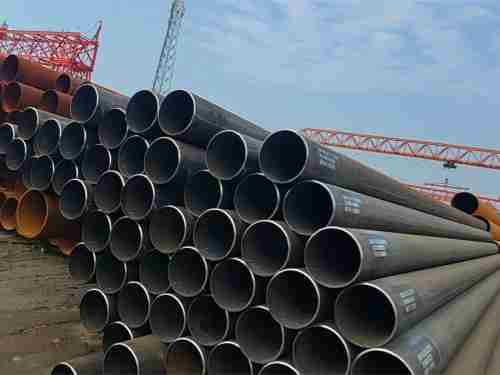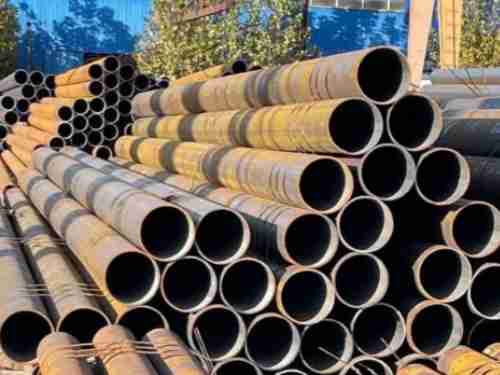Roll forming is a widely used method in Electric Resistance Welded (ERW) pipe production. It involves using metal sheets or coils as raw materials, which are gradually bent and shaped through a series of roll stands equipped with specially designed forming rollers. Each stand typically includes two or more rollers, and the material undergoes continuous deformation until it achieves a uniform cross-section.
Key Features of Traditional ERW Roll Forming
Distributed Deformation, Superior Surface Finish
Deformation is divided across multiple forming stands, resulting in smoother surfaces and improved dimensional consistency.
Broad Application Range
The process has minimal equipment limitations and is suitable for both thin-walled and thick-walled welded pipes.
Dedicated Roller Sets Required
Each pipe size typically requires a unique set of rollers, leading to a large inventory and higher management costs.
Time-Consuming Roll Changes
Adjusting for new specifications involves complete roll replacement, making it less efficient for multi-size, fast-paced production lines.
Despite the equipment being bulky, this method is highly reliable and has served as the foundation for many advancements in ERW pipe forming technology.
Cage Forming (Row Roller Forming) Technology
Cage forming, also known as row roller forming, was first developed by Torrance Co. in the 1940s and later refined by Yoder Co. in the 1960s. By the 1980s, this technology had evolved globally, with various manufacturers introducing new equipment models based on the original design.
In cage forming, multiple rows of small passive rollers are arranged between the entry drive stand and the precision forming section. These rollers, positioned using the three-point bending principle, guide the strip through the pass design without needing multiple horizontal and vertical roller sets.
Advantages of Cage Forming
Improved Surface Quality
Small rollers reduce the linear speed differential, minimizing scratches and enhancing the pipe’s appearance.
Stable Strip Edge Trajectory
Forming occurs in a "downhill" manner, keeping the strip edges nearly horizontal and reducing edge extension.
Faster Specification Changeovers
Rollers in the cage section are adjustable rather than replaceable, enabling rapid transitions between different pipe sizes and boosting production efficiency.
Limitations of Cage Forming
Increased Load on Finishing Sections
Due to reduced pre-deformation, more forming force is transferred to the roller cage and sizing sections. This may lead to incomplete edge formation and demands higher precision from the sizing equipment.
Welding Speed Instability
Limited strip driving force in the forming section can cause inconsistent welding speeds.
Roller Strength Constraints
Rollers in the cage section may lack the necessary strength and rigidity, making it challenging to process high-strength or thick-walled steel pipes.
Summary
Cage forming represents a major advancement over traditional roll forming, offering higher production flexibility and improved surface quality. However, challenges remain in areas such as roller universality and equipment stiffness. Ongoing innovation continues to refine this process to meet the evolving demands of modern ERW pipe production.

 English
English Español
Español











